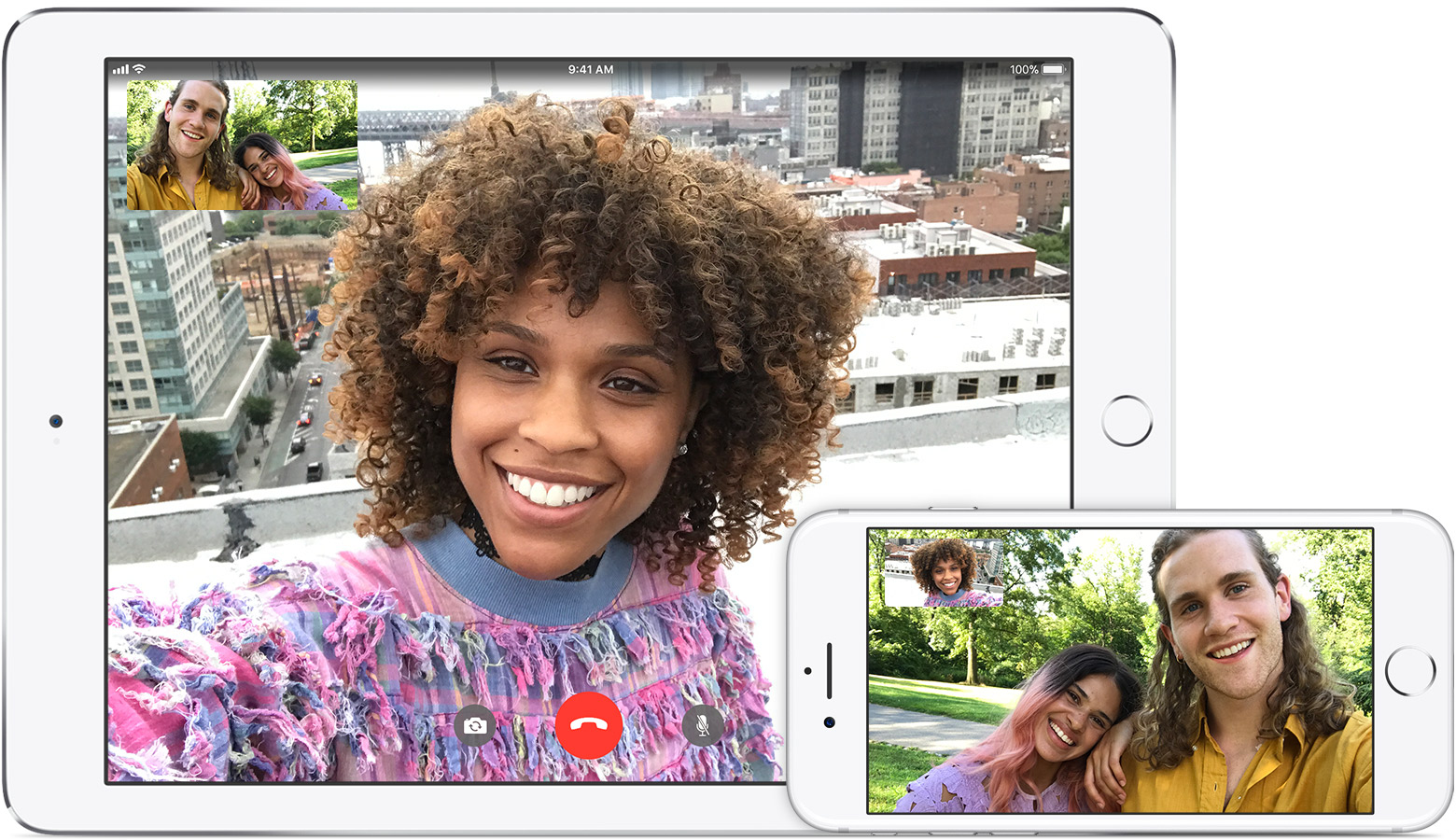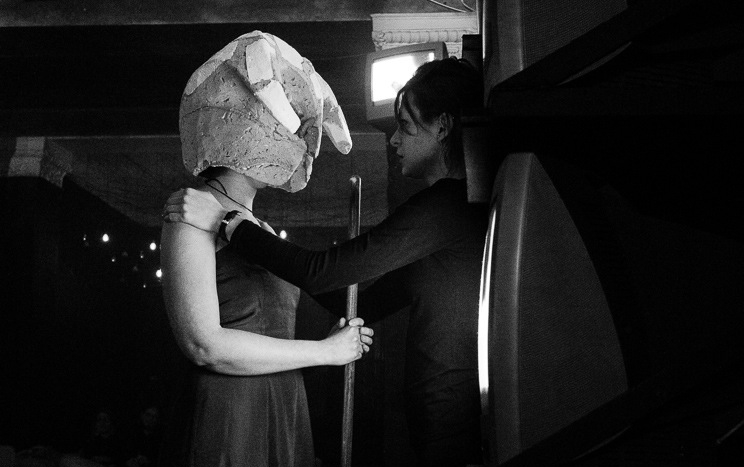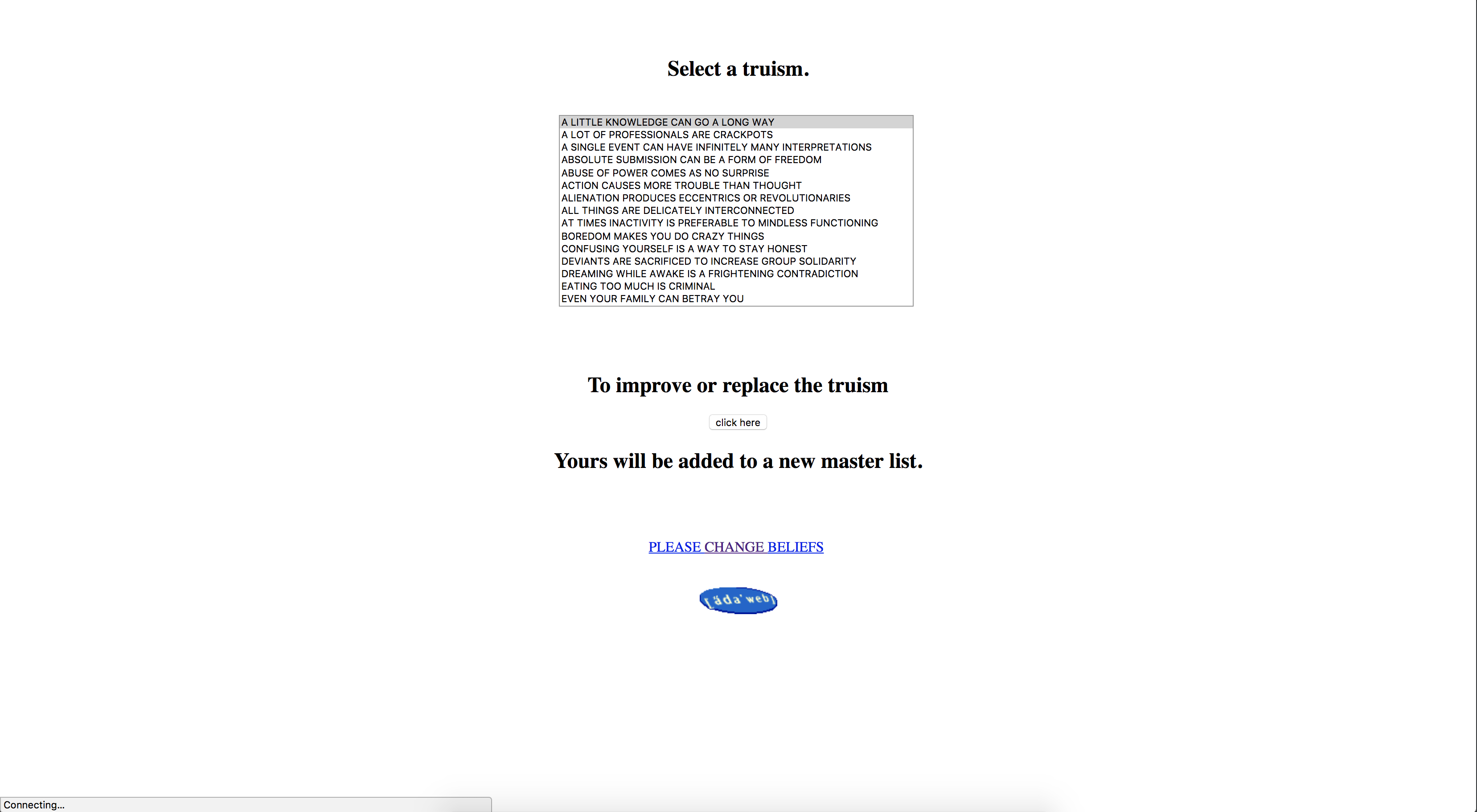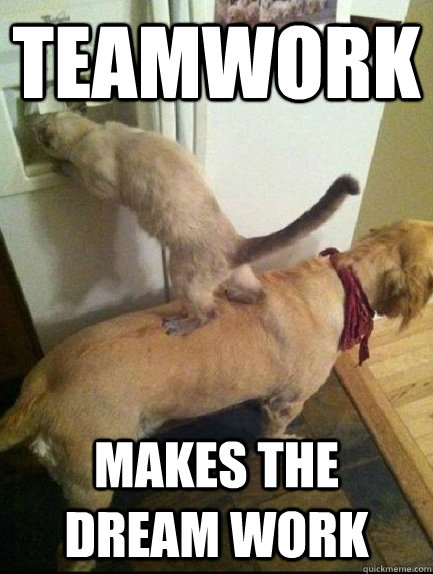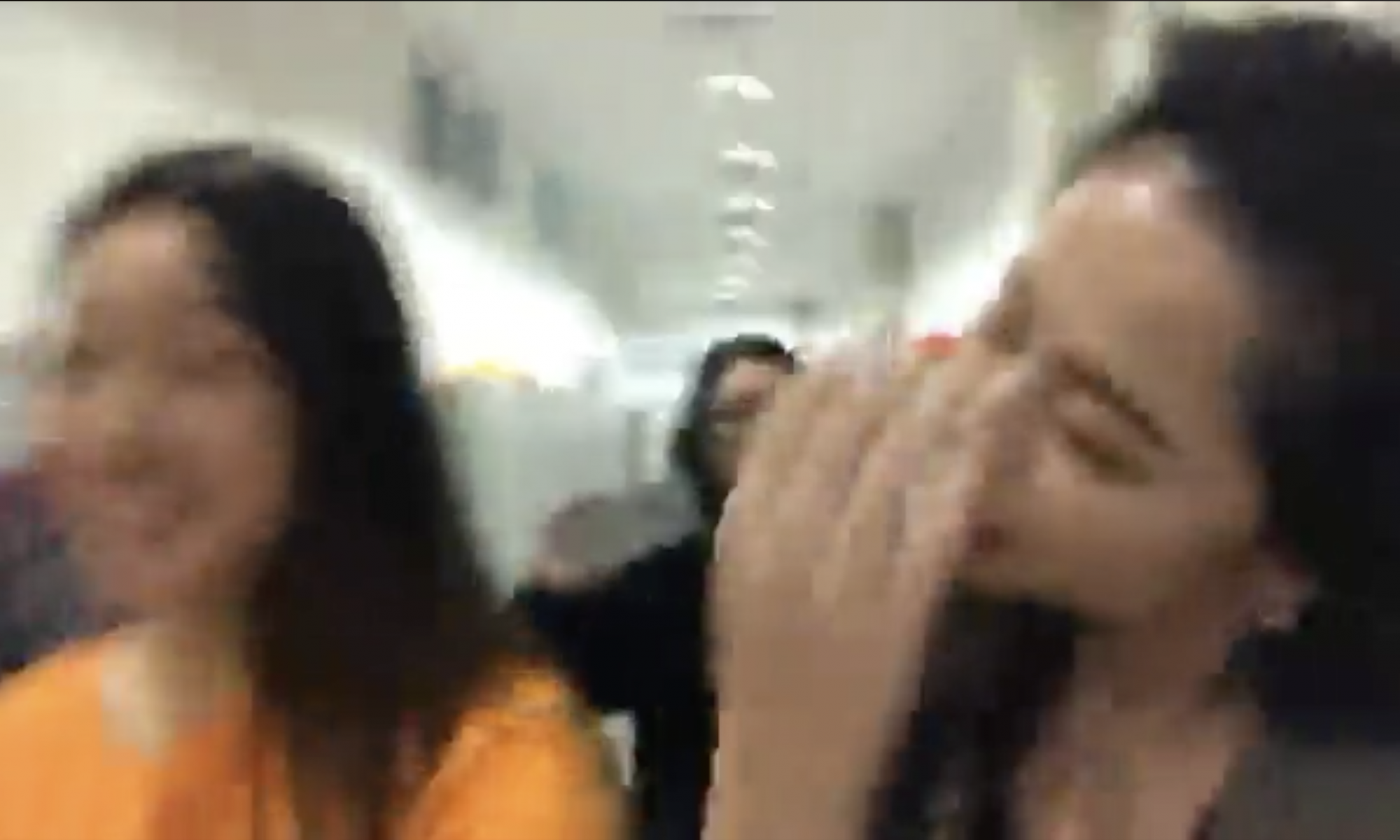The World’s Longest Collaborative Sentence
“The Sentence has no end. Sometimes I think it had no beginning. Now I salute its authors, which means all of us. You have made a wild, precious, awful, delicious, lovable, tragic, vulgar, fearsome, divine thing.”
– Douglas Davis, 2000
What is “The World’s Longest Collaborative Sentence”?
“The World’s Longest Collaborative Sentence” is an collaborative and collective network based artwork created in 1994 by Douglas Davis, an artist and media teacher. Though considered as the “author” and “artist” this art piece, Douglas Davis publicly credits those who helped him design the website and other coworker on his website. This artwork is credited as one of the first couple artworks to utilize the World Wide Web after its creation and integration to mainstream society. “The World’s Longest Collaborative Sentence” started to take on a life of its own as viewers were given the opportunity and freedom to contribute to the sentence in what ever form or style they preferred. One can notice that there are some irregularities in format, theme, and basic flow of the sentences due to the a variety of people from all over the world. In 1995, “The World’s Longest Collaborative Sentence” was donated to the Whitney Museum and preserved there since then. In 2012, The Whitney Museum planned to reopen this art piece. However, due to the upgraded software of the 21st century and the outdated codes of 20th century, the website was unusable. This led to the eventual conclusion to create a duplicate of the original artwork embedded with modern coding and software that allows the duplicated version to be edited on. That version was opened online allowing a resurgence of this collaborative piece. The original version is still preserved in The Whitney Museum, though it has been locked from further edits with some of the links redirecting you to an external website.
What do I think the “The World’s Longest Collaborative Sentence” is really saying?
I believe that “The World’s Longest Collaborative Sentence” is an interactive record of human development and mindset as well as an ironic commentary on our current society. When “The World’s Longest Collaborative Sentence” was created, Douglas Davis probably had the intention for the website to continue for a long time. If the goal was to great a long collaborative sentence from people all around the world that has access to the World Wide Web, it could only be achieved if people continued to participate. The sentence’s humble beginning as a method of collecting honest feedback regarding a survey about his exhibition transformed into a platform where anybody can post what ever they want when ever they felt like it, regardless of the vulgarities or discrepancies with previous additions. This, in the end, has become a primary source that is still recording the true thoughts and behaviors of humans who tend to unleash their subconscious or emotions on the web. Humans tend to be more honest about their feelings or like to create a false persona of someone who they want to be online because they do not have to taste the physical judgement and scrutiny that befalls physical confrontations. We can see that the “The World’s Longest Collaborative Sentence” slowly starts to become a platform for people to rant their feelings, as well as the linguistic changes throughout the years (different slang or vulgarities). This may not have been the original intention per-say but like everything in modern society that seems to transform and change, “The World’s Longest Collaborative Sentence” has metamorphasized into something more than just a simple survey.
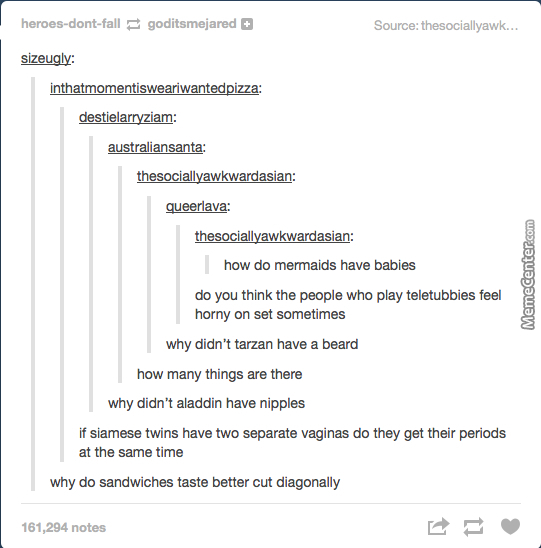

On a side not, this way of constantly adding onto an already existing statement reminds of me of the way Tumblr works, where people have a catalyst image or text that triggers a wave of never-ending reblog and notes. (Though these are not the most mature examples, these were the few that I could find)
The irony of the “The World’s Longest Collaborative Sentence” is that it is written and stored on modern technology. Even though it may the longest textual sentences, it is not necessarily the longest lasting sentence. I say this because most of the links and images attached on the original version of “The World’s Longest Collaborative Sentence” can not be accessed because of the outdated codes or the deleted file the “author” trashed after several years. What people assumed would be permanently on the World Wide Web, in the end no longer exists, or is “broken”. This entire situation points out “the ephemeral nature of the Web…”. This is why I believe that the longest textual sentence is will not be the longest surviving sentence.
And for the “longest existing collaborative sentence” it is still unable to display the proper Korean Characters. It has been 24 years and within those years there have been so many advancements in technology that should be able to help depict the Korean Characters yet for some reason it still remains a garbled mess. Maybe it because the Korean characters were sent in with the old coding making it more difficult to translate it and depict it, but maybe one day it will be possible to actually see what was written in 1995.
REFLECTION
Looking through the effect and impact of “The World’s Longest Collaborative Sentence” has made me think about the idea of collaboration. A collaborative piece involves not only the artist but also the audience, both contribute to the outcome of a collaborative artwork. And continues to have effect as long as one person makes the effort to keep it alive. The beauty of a collaborative work is that each contribution made is unique and personal to the contributor. All these unique pieces amalgamate to an even more unique creation. For example, our current Experimental Class is doing a collaborative art piece. We all have to post one body part every day. (Insert screen shot here). Even this collaborative art piece is a record of our generation, from the pictures you can see different editing techniques and clothing styles, even camera angle techniques unique to each batch of students.
“Do It With Others”



